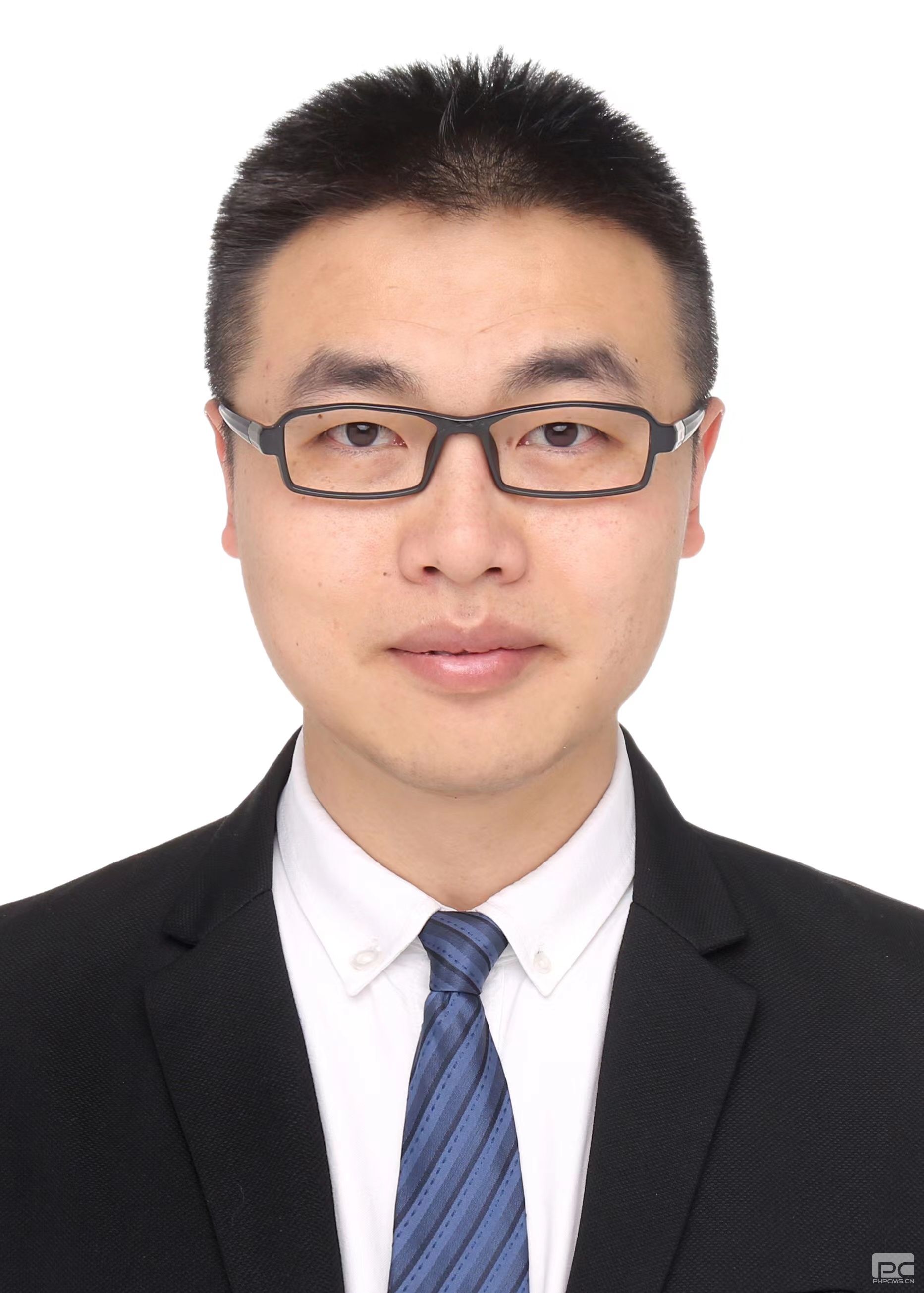Woxsen University, Sanga Reddy, Hyderabad, India.
* Corresponding author. Tel: 8688908567; email: sankalpchenna@gmail.com (S.C.)
Manuscript submitted July 14, 2023; accepted August 9, 2023; published August 24, 2023.
Abstract—AI and Blockchain are two of the most promising technologies of the 21st century. They both have the potential to revolutionize various industries and bring about significant changes in the way we live and work. However, for AI and Blockchain to reach their full potential, they must be implemented in a trustworthy and secure manner. This is where the combination of AI and Blockchain comes in. By using Blockchain technology to secure and validate the data used to train AI systems, we can ensure that these systems are trustworthy and reliable. Additionally, by using AI to secure and validate Blockchain transactions, we can ensure that these transactions are safe and secure. Together, AI and Blockchain have the potential to create intelligent systems that are both trustworthy and secure. The integration of AI and Blockchain can also enable new use cases such as decentralized autonomous organizations (DAOs) which can take decisions autonomously by using AI, and Smart contracts which can automatically execute the terms of a contract when certain conditions are met. This can bring about improvements in transparency, immutability, and accountability in various industries such as finance, healthcare, and supply chain management. However, the integration of AI and Blockchain also raises important ethical and legal considerations, such as privacy, bias, and accountability. Therefore, it is crucial to continue researching and developing best practices for the implementation of AI and Blockchain in order to ensure their responsible and effective use.
Index Terms—Artificial intelligence, blockchain, DAOs, intelligent systems
Cite: Sankalp Chenna*, "AI and Blockchain: Towards Trustworthy and Secure Intelligent Systems," Journal of Advances in Artificial Intelligence vol. 1, no. 2, pp. 117-122, 2023.
Copyright © 2023 by the authors. This is an open access article distributed under the Creative Commons Attribution License which permits unrestricted use, distribution, and reproduction in any medium, provided the original work is properly cited (
CC BY 4.0).
